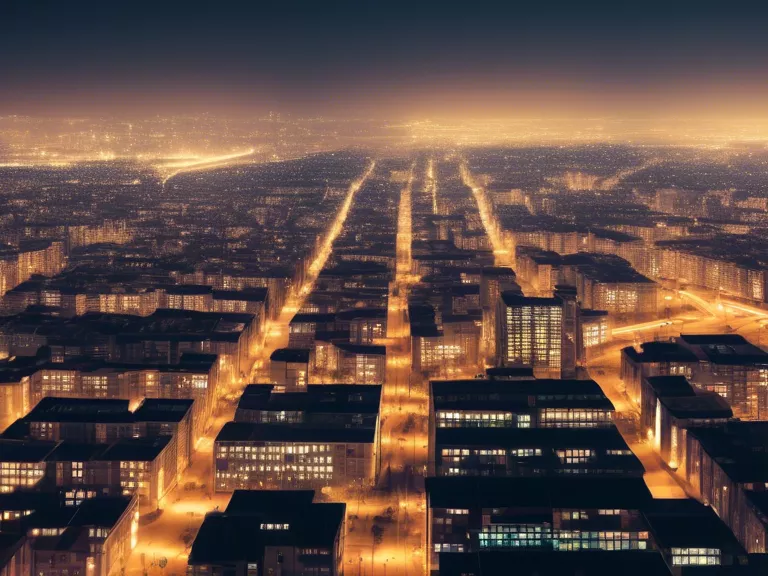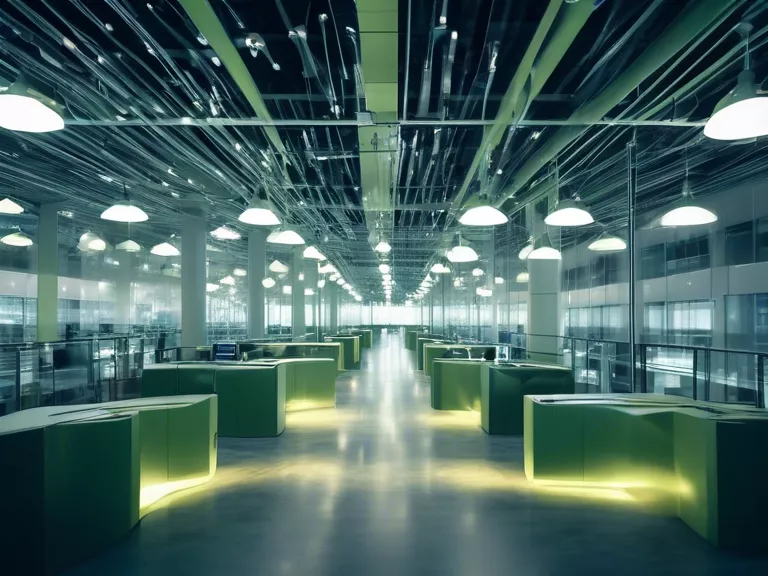
Data privacy is a critical aspect of sustainable lighting solutions, especially in the era of smart lighting systems and Internet of Things (IoT) technology. As more lighting solutions become interconnected and data-driven, ensuring the protection of personal and sensitive information is paramount. In this article, we will explore the importance of data privacy in sustainable lighting solutions and discuss best practices for safeguarding data in this context.
The Intersection of Data Privacy and Sustainable Lighting Solutions
Sustainable lighting solutions are designed to reduce energy consumption, lower carbon emissions, and improve overall efficiency. These solutions often incorporate advanced technologies such as sensors, controls, and connectivity to optimize lighting performance. While these technologies offer numerous benefits, they also raise concerns about data privacy and security.
Challenges and Risks
One of the main challenges in ensuring data privacy in sustainable lighting solutions is the collection and storage of sensitive information. Smart lighting systems gather data on occupancy patterns, lighting preferences, and energy usage, which can be valuable but also pose privacy risks if not properly protected. Unauthorized access to this data could lead to privacy breaches and potential misuse of personal information.
Best Practices for Data Privacy in Sustainable Lighting Solutions
Data Encryption: Implement robust encryption protocols to secure data in transit and at rest. Encryption helps prevent unauthorized access to sensitive information and ensures data integrity.
Access Control: Limit access to lighting control systems and data repositories to authorized personnel only. Implement strong authentication mechanisms and role-based access controls to prevent unauthorized users from tampering with system settings or accessing sensitive data.
Data Minimization: Collect only the data that is necessary for the operation of the lighting system. Avoid storing unnecessary information that could potentially compromise privacy.
Anonymization: When possible, anonymize personal data to protect user privacy. Replace identifying information with pseudonyms or tokens to prevent individuals from being directly identified.
Regular Audits and Monitoring: Conduct regular audits of data handling practices and monitor system activity for any suspicious behavior. Promptly investigate any anomalies or security incidents to mitigate risks.
Compliance and Regulations
It is essential for organizations deploying sustainable lighting solutions to comply with relevant data privacy regulations such as the General Data Protection Regulation (GDPR) in the European Union or the California Consumer Privacy Act (CCPA) in the United States. These regulations govern the collection, processing, and storage of personal data and impose strict requirements on data protection practices.
Conclusion
Data privacy is a crucial consideration in the design and implementation of sustainable lighting solutions. By adopting best practices such as data encryption, access control, and anonymization, organizations can safeguard sensitive information and mitigate privacy risks. Compliance with data privacy regulations is also essential to ensure legal and ethical data handling practices. By prioritizing data privacy, sustainable lighting solutions can deliver both environmental benefits and data security for a more sustainable and secure future.

